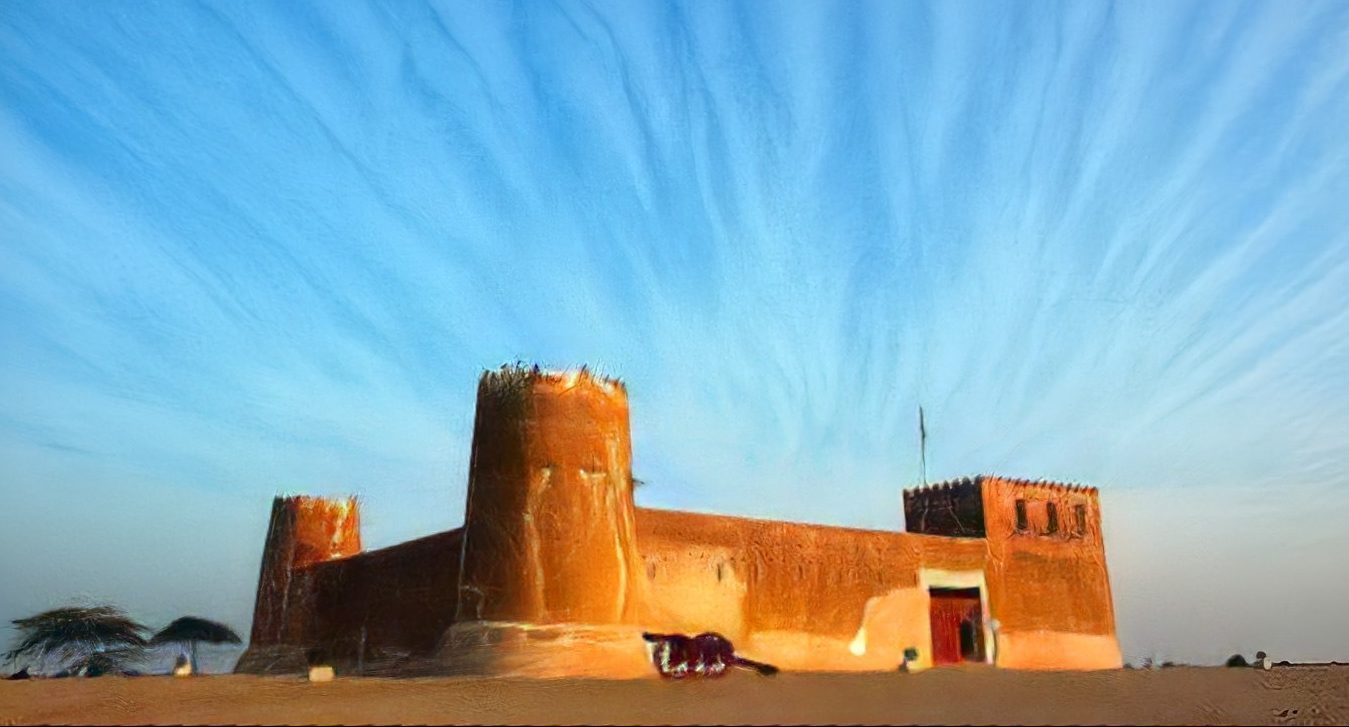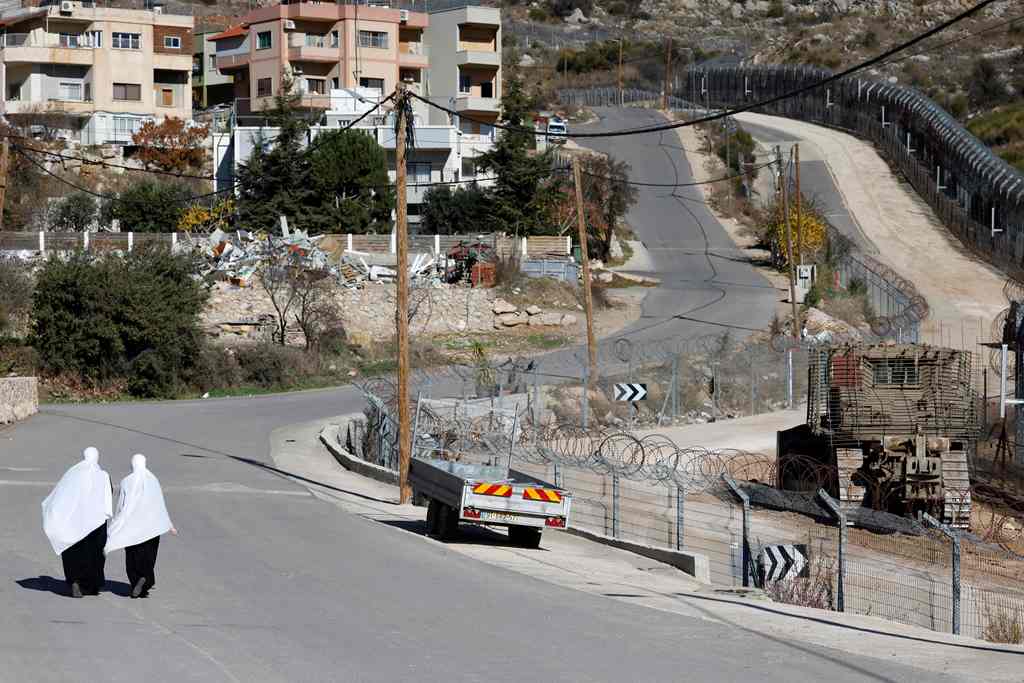Heritage sites across Qatar provide a look into the country’s past, enabling those in the present to understand the decades-long journey it has made.
Qatar is home to a number of heritage sites that offer a rich cultural and historical experience to history buffs across the country and beyond.
From mangroves, forts, to eroded islands, here are some of the Gulf state’s main historic places.
Al Zubarah Site

Listed as part of UNESCO’s World Heritage sites in 2013, Al Zubarah stands as one of the most prominent historical areas in Qatar.
Identified by Al Zubarah Fort – built in 1938 – the site provides a glimpse into Qatar’s history and offers visitors with the opportunity to see archaeological remains that date back to the 1760’s.
Residential palaces, mosques, courtyard houses, fishermen’s huts, streets and even cemeteries remain present for all to see today.
Read also: A door to Qatar’s Archeological history
The fort is also known by its thick walls, scarred by decades of tribal battles from as far as the 18th century to secure dominance over the strategic site.
With its close proximity to the sea, Al Zubarah also served as a trade hub and was home to many of the country’s pearl divers.
Despite later being abandoned in the 20th century, Qatar Museums Authority continues to work on protecting the site for future generations.
Ras Brouq White Cliffs

Located on Qatar’s west coast, Ras Brouq remains a hidden gem that is still being discovered by scholars and researchers.
According to Qatar Museums, the site was once inhabited by semi-nomadic tribes but never hosted permanent housing on its lands.
It’s known by its unique white cliffs, mushroom-shaped hills, and its eroded landscape that iconically consists of layers of soft limestones.
Al Koot Fort

Located near Souq Waqif, a landmark and ideal tourist destination, Al Koot Fort’s white structure stands in the country’s bustling streets.
Read also: Dar Al Kutub: Rereading old chapters at the first library in the Gulf region
It was initially built in 1880 and was later abandoned by the Ottomans until Sheikh Abdulla bin Qassim Al Thani rebuilt it in 1927.
The fort served as a jail, police station and a museum, featuring unique Qatari artefacts, from handicrafts to old fishing equipment.
Al Jassasiya Rock Carvings

Heritage sites do not need buildings to make them stand out, just like the Al Jassasiya, which houses distinct rock-carvings from the past.
Better known as ‘petroglyphs’, the carvings are illustrated on the Al Hawar island and were discovered back in 1957.
The 874 carvings, which were only studied in 1974, show cup marks, boats, footprints and mysterious symbols and signs.
According to Qatar Museums, the cup marks are believed to be used for board games such as mancala, which is also known in the Gulf state as “Al Haloosa” or “Al Huwaila”.
Jazirat Bin Ghannam

Jazirat Bin Ghannam, or Bin Ghannam Island, is believed to be another site that was most likely never inhabited nor used for specific purposes.
The island was previously used as a transit spot and a campsite for trade with Bahrain and regularly received fishermen and pearl divers.
Covered with mangroves and lagoons, it is also an area that continues to be explored by tourists as it contains a variety of species not typically found in other areas in Qatar.
Here, visitors can find small fish, crabs and even flamingos.
Follow Doha News on Twitter, Instagram, Facebook and Youtube







